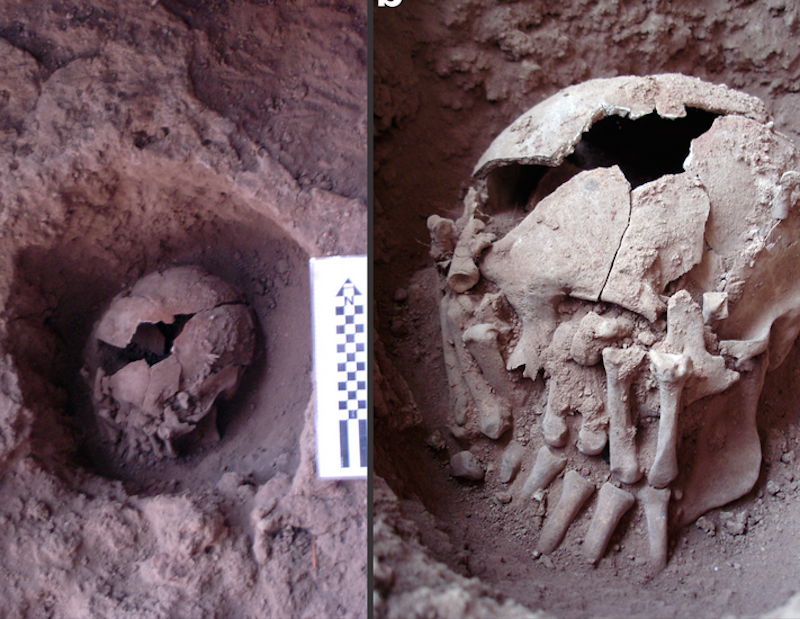-
Tips for becoming a good boxer - November 6, 2020
-
7 expert tips for making your hens night a memorable one - November 6, 2020
-
5 reasons to host your Christmas party on a cruise boat - November 6, 2020
-
What to do when you’re charged with a crime - November 6, 2020
-
Should you get one or multiple dogs? Here’s all you need to know - November 3, 2020
-
A Guide: How to Build Your Very Own Magic Mirror - February 14, 2019
-
Our Top Inspirational Baseball Stars - November 24, 2018
-
Five Tech Tools That Will Help You Turn Your Blog into a Business - November 24, 2018
-
How to Indulge on Vacation without Expanding Your Waist - November 9, 2018
-
5 Strategies for Businesses to Appeal to Today’s Increasingly Mobile-Crazed Customers - November 9, 2018
Researchers Discover 9000-year-old Ritualized Decapitation
In fact, if you come to think of it, it might be the oldest case of decapitation on the entire planet.
Advertisement
While digging at rock a shelter in Brazil, scientists have found human decapitation evidence that dates back to more than 9,000 years. They dug up two amputated hands which had been laid across the face of a skull.
After digging around the discovery, a pair of severed hands were also found covering the face.
Based on the scoring of the bones, researchers ruled out the possibility that the decapitation was punitive in any way.
“This ritualized decapitation attests to the early sophistication of mortuary rituals among hunter-gatherers in the Americas”, Strauss said.
André Strauss and colleagues from Germany’s Max Planck Institute for Evolutionary Anthropology examined the skull and nearby bones and objects minutely and tested their age with radiocarbon dating.
Researchers from the Max Planck Institute for Evolutionary Anthropology located in Berlin published their findings in the journal PLoS ONE on Wednesday.
Scientists suggest that the area has evidence of human occupation as far back as 11.7-12.7 cal kyBP (95.4% interval) (again, that’s around 12,000 years ago).
“In the absence of wealth goods or elaborated architecture, Lapo do Santo’s inhabitants seemed to use the human body to express their cosmological principles regarding death”, they write. This discovery from Brazil shows that the practice may have emerged in other parts of South America as well.
“Moreover, strontium signature does not point to the individual being an outsider, thus representing an enemy”, Strauss said.
While these findings provide more insight into New World cultures, this study also questions previous interpretations of when decapitation rituals originated and where they were practiced.
The head was found during the excavation of the Lapa do Santo site when an archaeologist struck a skull buried under a rock.
The peoples populating the region at that time are considered hunter gatherer societies with few tools or large population centres, so the need and method used in this form of removal could potentially re- shape experts’ understanding of what life was like during that period.
Advertisement
The researchers designated the partial remains as Burial 26. It expands the range for known decapitation sites by over 2,000 kilometers, proving that the phenomenon was not confined to the western hart of the continent as researchers previously believed.





























